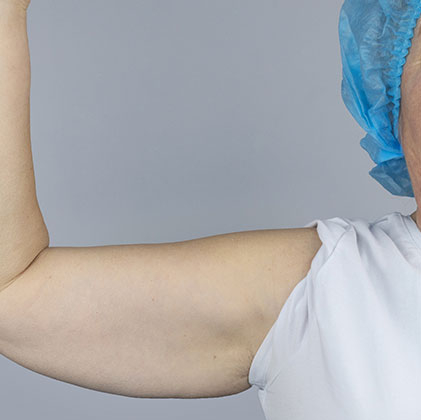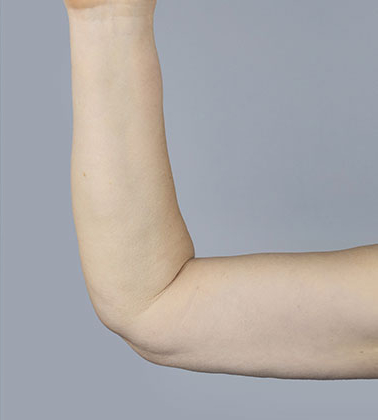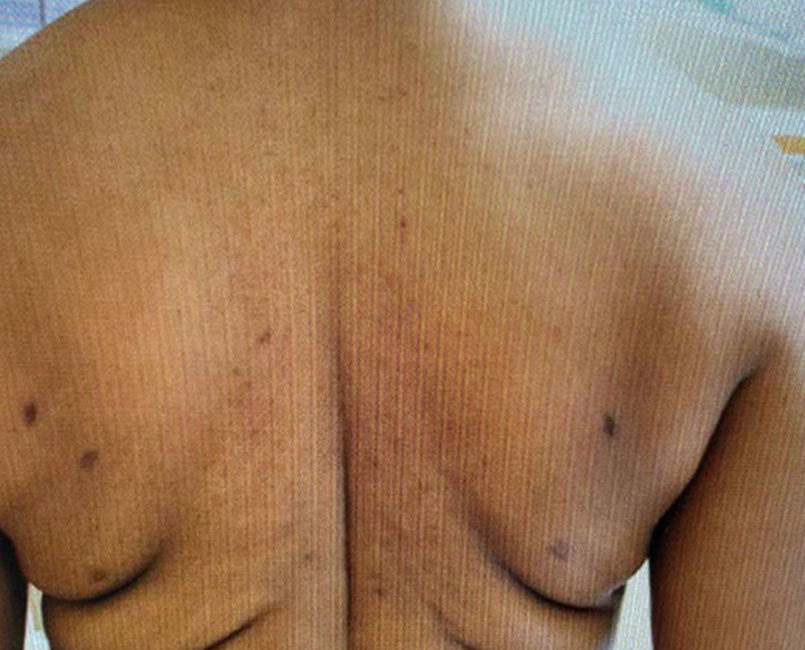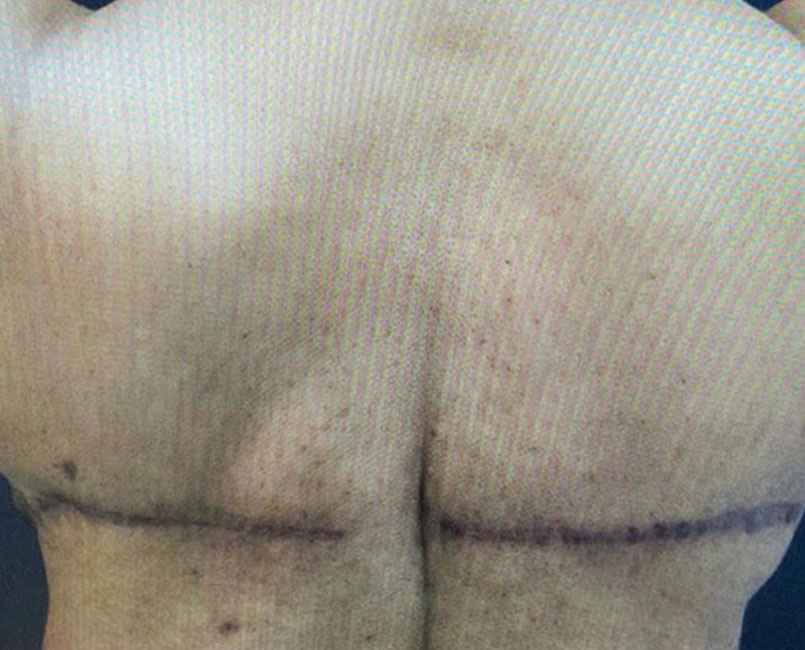If you have a V-shaped hairline at the centre of your forehead, you will most likely have a widow’s peak. While some people view it as a unique and attractive feature, others may feel self-conscious about it. In this blog post, we’ll explore everything you need to know about widow’s peak, including its causes, appearance, and treatment options.
Contents
What is a Widow’s Peak?
A widow’s peak is a distinctive hairline pattern that forms a V-shaped point in the center of the forehead. It’s named after the hood worn by widows during mourning, which had a similar V-shaped point in the front. However, the sides are not so high and broad; the centre is pointed.
In some cases, the widow’s peak appears in a small protrusion in a straight hairline, but sometimes it seems to be pretty protruding around the forehead and regresses towards the temples. This particular trait is characterized by genetics.
Causes of a Widow’s Peak
The shape of your hairline is largely determined by genetics. Widow’s peak is an inherited trait, so if one or both of your parents have it, you’re more likely to have it too.
The appearance of a Widow’s Peak
Widow’s peak hairlines vary in size and shape. Some people have a very pronounced V-shape, while others have a more subtle point. In some cases, the hairline can even appear to be straight across.
Treatment Options for a Widow’s Peak
While there’s no need to treat a widow’s peak, some people may wish to alter their hairline for cosmetic reasons. Here are some treatment options to consider:
Hair Transplant Surgery
This is the most effective way to change the shape of your hairline. During this procedure, hair follicles are taken from a donor area (usually the back or sides of the head) and transplanted to the front of the scalp.
Non-Surgical Hair Restoration
This option involves the use of hair loss medications, such as minoxidil or finasteride, to promote hair growth in the affected area
Hairstyling
Certain hairstyles can help to minimize the appearance of a widow’s peak. Bangs, for example, can be styled to cover the point, while a side part can help balance the hairline.
Consultation with a Board-Certified Plastic Surgeon
If you’re considering hair transplant surgery or other hair restoration options, it’s important to consult with a board-certified plastic surgeon who specializes in these procedures. They can assess your unique needs and recommend the best treatment plan to help you achieve your desired results.
Book an Appointment with Dr. Azra Ashraf
Dr. Azra Ashraf is a board-certified plastic surgeon specialising in hair transplant surgery. At her world-class facility, Panache Plastic Surgery, she offers a range of hair restoration options, including follicular unit extraction (FUE) and follicular unit transplantation (FUT). Contact her office today to schedule a consultation and learn more about how she can help you achieve the hairline you’ve always wanted.




